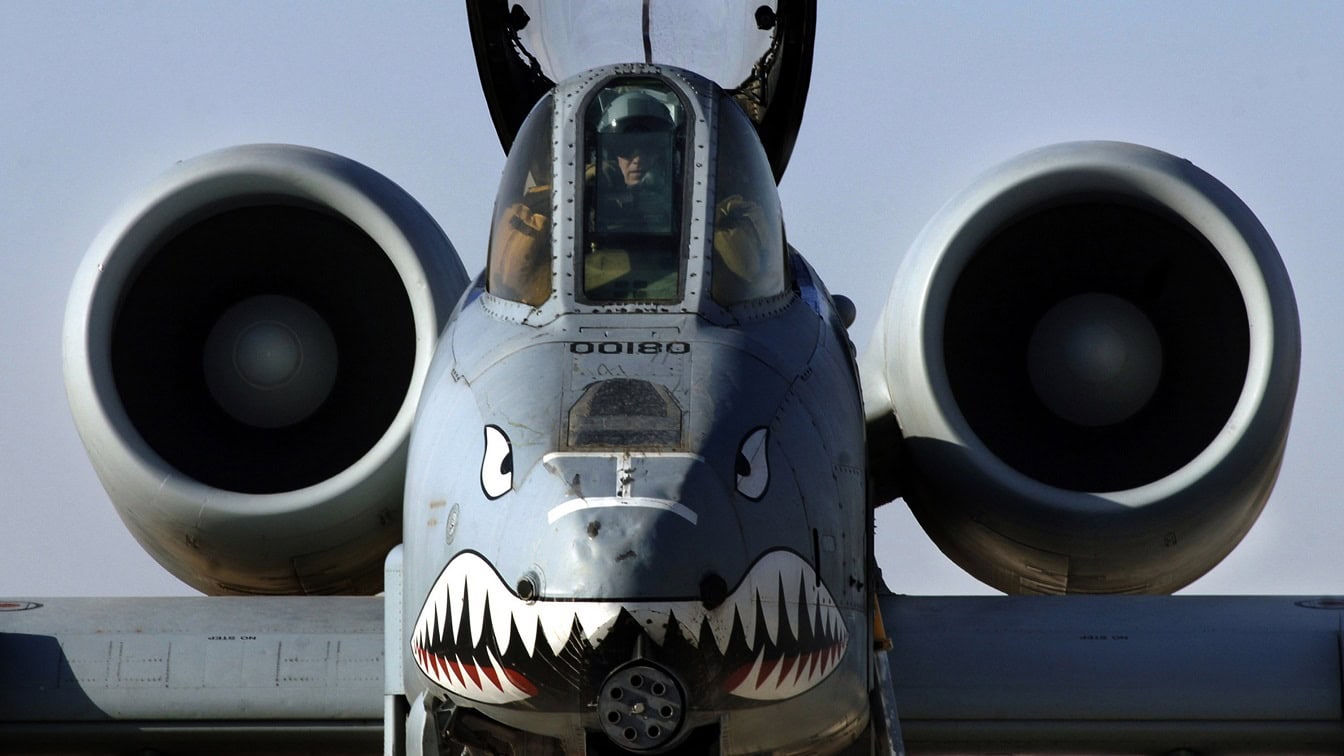The A-10 Warthog has been revered, cherished, and celebrated for generations by grateful ground forces who credit the famous “flying tank” for saving them from enemy fire. Although the combat-tested aircraft has been the subject of decades of debate regarding what exactly its future should be, there is little question about its combat performance.
The Warthog is known for being able to fly low and slow in almost a “hover-like” status in order to maneuver in support of ground forces facing enemy fire. Its lethality is greatly enhanced by a 30mm cannon directly aligned beneath the nose of aircraft and able to attack straight on from the very front of the aircraft.
Why is A-10 Retiring?
The cannon is effective for several reasons, in large measure because of the survivability of the aircraft. With a strongly reinforced titanium hull, the A-10 is built to absorb small arms fire and sustain operational effectiveness. Its effectiveness against enemy fire is also greatly helped by a built-in redundancy, with duplicate systems such as electronics, engines, or weapons to ensure the plane can keep flying in the event that certain vital systems are destroyed by enemy fire.
An A-10 pilot described this in great detail in a discussion with me, explaining that the A-10 can still fly and even attack in the event that its digital displays and targeting systems are destroyed by enemy attacks.
“So when I lose all the computers and the calculations, the targeting pod and the heads up display, you can still point the aircraft using a degraded system at the target and shoot. We are actually trained for that,” former A-10 pilot Lt. Col. Ryan Haden, 23rd Fighter Group Deputy, Moody AFB, told Warrior Maven in a previous interview several years ago
However, redundancy and survivability matters to the extent that the aircraft can maintain its operational lethality, something which Haden explained centers around its 30mm cannon.
“The 30mm cannon has 7 barrels. They are centered the way the aircraft fires. The firing barrel goes right down the center line. You can point the aircraft and shoot at the ground. It is designed for air-to-ground attack,” Haden explained.
Armed with 1,150 rounds, the 30mm cannon is able to fire 70-rounds a second.
The A-10 carries a full complement of weapons, including GPS-guided Joint Direct Attack Munitions. Its arsenal includes GBU 38s, GBU 31s, GBU 54s, Mk 82s, Mk 84s, AGM-65s, AIM-9 Sidewinder missiles and rockets along with illumination flares, jammer pods, and other protective countermeasures.
The aircraft can carry 16,000 pounds of mixed ordnance—eight can fly under the wings and three under the fuselage. When it comes to targeting, navigation, and precision, enhancements in mission computing could prove crucial to upgrading combat performance for the A-10 by enabling new weapons systems for the platform.
Kris Osborn is the Military Affairs Editor of 19FortyFive and President of Warrior Maven – Center for Military Modernization. Osborn previously served at the Pentagon as a Highly Qualified Expert with the Office of the Assistant Secretary of the Army—Acquisition, Logistics & Technology. Osborn has also worked as an anchor and on-air military specialist at national TV networks. He has appeared as a guest military expert on Fox News, MSNBC, The Military Channel, and The History Channel. He also has a Masters Degree in Comparative Literature from Columbia University.

